7 tips on choosing the right Sofa
Introduction
You might be tempted to buy a sofa with amazing features, however before you agree to buy, there are 7 key advices to carefully consider so you don’t end up with a costly regret. I have seen well-designed rooms spoiled by a sofa that looks completely out of place in terms of style, size, and colour. This can ruin the desired ambiance, and put-off potential buyers if you are selling the house.
If you want to choose the right sofa, then please read on to learn the 7 most important advice based on interior design experts and reviewers. Click below to jump to the sections.
- Sofa should be two-thirds the wall length including clearance for walkways, recliners, and radiators
- Fabric covers are easy to clean, and leather covers resist pet odour and scratches
- Use a colour swatch to find a sofa colour that suits the room
- Ask the vendor about the frame material and construction
- Foam filling keep the shape while fibre filling hugs the body
- Choose a sofa with strong feet or wheel support
- Check delivery includes room assembly, carriage upstairs, and free return transport
1. Sofa should be two-thirds the wall length including clearance for walkways, recliners, and radiators
Before you consider buying a sofa, it is important to measure out the maximum floorspace that can accommodate it. Make sure that your plan includes enough walking space, and does not partially block any key entryways. To have a better visual feel of the overall area and volume required, I would recommend using old cardboard boxes to mark out the corners and edges. This is especially useful if you want to check that there is sufficient clearance for nearby doors and drawers.
If you are planning to buy a recliner, make sure you factor in the clearance required when the seats and footrests are fully reclined and stowed.
A wall-leaning sofa should follow the “golden ratio” rule, that is, to keep the sofa length at about two-thirds the wall length. Most interior designers agree that this produces the most visually pleasing effect for the room. You can use that extra wall space for a leafy houseplant, side table or a floor-standing reading light, giving the room more character and function.
Where you position the sofa depends on the shape and size of the room and the walls. Smaller rooms tend to leave you with very little choice on the position, and so, your main focus is in getting the correct sofa dimension. For sofas that lean against a wall, please factor in clearance for any radiators, and also whether there are any plug sockets that you plan to use. I find that using extension leads generally solves access to blocked plug sockets.
The height of the sofa is often overlooked, however, here are the key points to consider when choosing the right sofa height. If the sofa is leaning against a low wall with a sloping ceiling, typically the case for converted loft spaces,, make sure to factor in the maximum height available. Again, I find that stacking up card board boxes useful to visualise the allowable height of the sofa back. If the room has a low ceiling, you should consider a low sofa to make the room feel taller.
The depth of the seating area is a matter of personal comfort, but, the standard depth should be between 60 to 70 centimeters. Smaller sizes are available, but can be uncomfortable to sit on for long periods. Similarly larger sizes can mean that your legs cannot reach the ground when fully seated. If space is limited, rather than sacrificing the depth of the seating area, I would recommend a contemporary sofa design that has a narrower back padding.
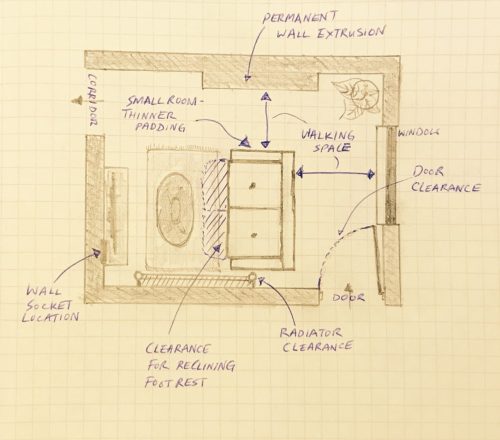
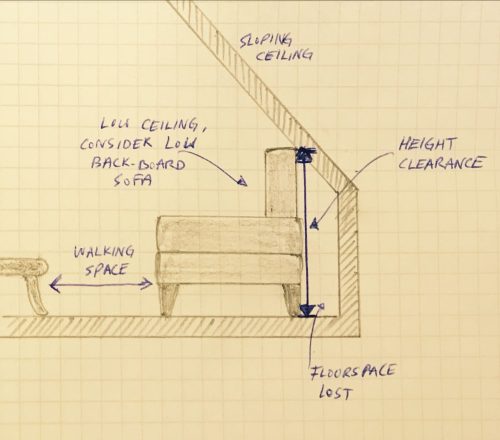
2. Fabric covers are easy to clean, and leather covers resist pet odour and scratches
It’s a good idea to visit a furniture or DIY store first to get a feel of various materials before you narrow your sofa choice online. Broadly, there are two categories of sofa materials used by to choose from: leather (or faux leather), and fabric.
Leather sofa these days can be real or faux leather, which are less expensive. They tend to be tougher and firmer against your skin compared to fabric sofas. Natural leather will crease and stretch with use, but some people like this texture as it can mellow out the reflective shine that comes with a new leather sofa.
Leather sofas need more careful maintenance, as the cover cannot be detached for machine washing. It is for this reason why people opt to buy fabric sofas if they have young children or pets. There are special leather cleaning kits and chemicals that you will need to use to clean the sofa.
Leather sofas are a good choice for mild temperatures. In colder climates, they are slow to warm against your body. And, hot Summers they can overheat and be uncomfortable to sit.
Fabric sofas are highly versatile and easier to maintain. If you are looking for a luxury, full-bodied look, then velvet will be a good choice. It feels smooth and soft against clothing, and has a moderate shine. Velvet sofas are generally more expensive than other fabrics. Chenille is a tougher weave compared to velvet, with little to no shine. The piled fabric allows for very interesting colour patterns.
Regardless of the fabric you choose, make sure you check how to wash it. Most sofa covers can be removed and dry cleaned, but some may require professional upholstery cleaning.
If you have cats and dogs, you should choose a fabric that can withstand frequent scratching and stains. I would recommend a synthetic microfiber as it is very hard wearing and easy to wash. You might be reluctant to choose expensive leather or velvet sofas, but actually, both of these materials are very durable against scratches. Real leather also repels odour too.
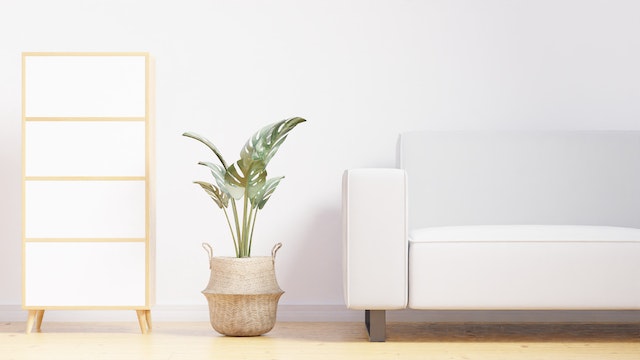
3. Use a colour swatch to find a sofa colour that suits the room
If you want the sofa to be the focal point of the room, then choose colour that stands out against the backdrop. Likewise, if you want the sofa to blend in to the room ambiance, choose a colour that is the same as the surrounding walls.
Neutral colours like white, beige, brown, black are very versatile and generally complement any surroundings. However, be careful when choosing black leather sofas in a bright room as it will reflect the surrounding light. This will make it look out of place, and clinical. I would recommend that you balance out the contrast with vivid colours elsewhere in the room.
The sofa is likely to be one of the biggest piece of furniture you will buy, so I would recommend choosing a colour that drives the ambiance you want the room to feel. It’s a good idea to purchase a colour swatch to help you choose the perfect colour!
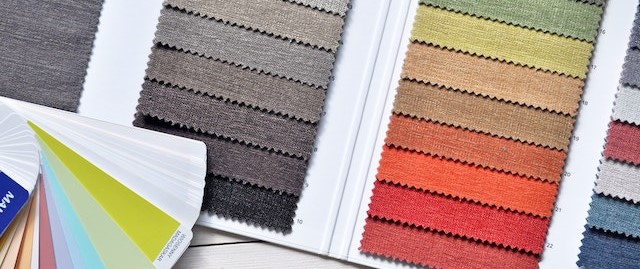
4. Ask the vendor about the frame materials and construction
Although you can’t see the frame of the sofa, a good quality frame will help retain the shape and stability of the sofa for years to come. The best quality material for a sofa is hardwood, but this also increases its price and weight. Plywood or particleboard frames are more affordable, but may collapse if you have children who treat it as a bouncy castle.
Metal frames are less common, but are extremely durable, and heavy. Metal frame is thinner and so you will tend to see them used in minimalist designs.
Whether you are browsing for a sofa online or in store, you are unable to inspect the frame construction because it is already padded. You should ask the store manager, or on Amazon.com you can contact the seller before you make a purchase.
5. Foam filling keep the shape while fibre filling hugs the body
Foam filling are firmer and revert back to its original shape when not in use. Over time, they do soften, and lose the memory, so it is a good idea to plump the cushions once a fortnight. Their firmness provides good support for your back if you intend to sit on the sofa for reading.
Fibre filling are softer which lets you sink into the sofa. If you want a sofa that destresses you after a busy day, choose a fibre filling. However, after every use you will need to reshape the seats and back as the filling does not revert back to its original shape. Over time, the fibre can also become compacted, causing uneven bumps in the sofa.
6. Choose a sofa with strong feet or wheel support
The feet of the sofa can add a lot of character to the furniture. Don’t forget that many sofas have detachable feet allowing you to purchase custom styles. If you are choosing wooden feet, make sure the screws match the ones on the sofa.
You may prefer wheels, particularly if the sofa needs to be moved around. Please ensure that you choose a metal wheel, as plastic ones will likely break under the weight of the sofa.
7. Check delivery includes room assembly, carriage upstairs, and free return transport
Before you click the buy button, please make sure you know how the sofa will be delivered. Some are flat-packed and assembled onsite, but many arrive in their assembled form. Please take care to measure the height and width of all the entryways and corridors that your sofa will need to pass through before reaching its resting place. If you have narrow corridors, please also consider the maximum turning angle.
I would recommend that you tape together two broomsticks to match the length of the sofa, and rehearse the delivery, keeping the broom either horizontal throughout. At every turning point, please consider how much clearance is left between the broom and the walls as you will need to factor in the width of the sofa too.
Many sellers offer a same day return service, which means that if you are not satisfied with the sofa, you can return it with a refund. Amazon.com offer this service with no extra costs.
If you don’t live in a ground floor flat, please also check that the delivery includes lifting it to other floors, otherwise you will need find a helper, and additionally measure the width and turning space of the staircase.
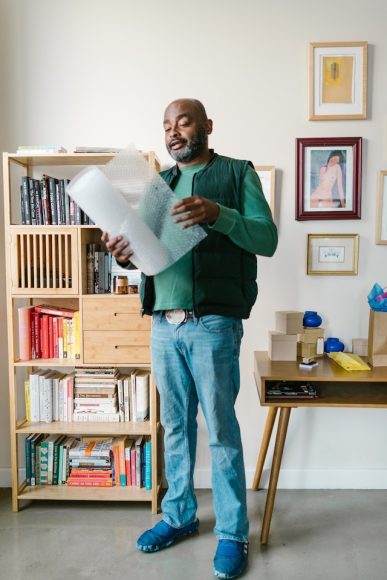
Conclusion
If you have done the basic preparations and research, and are ready to find the perfect sofa for your living room, please check out my top recommended sofas where I take into consideration the versatility, materials and customer feedback to ensure you make an informed choice.

